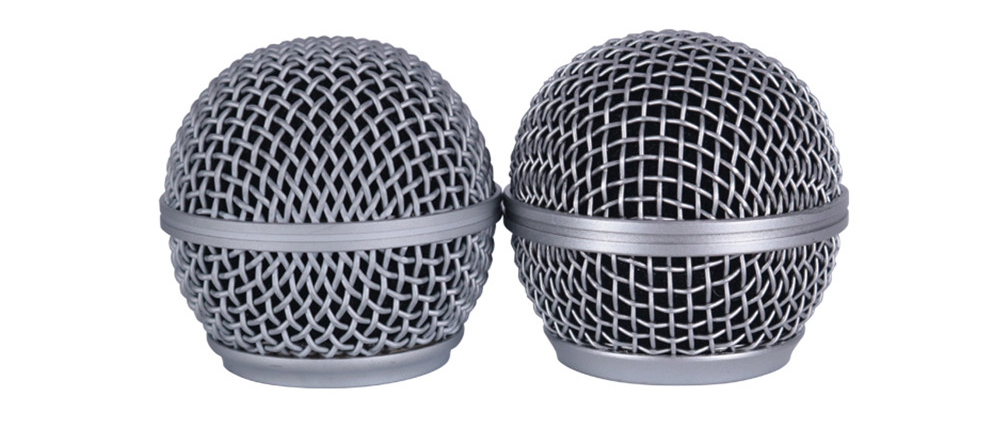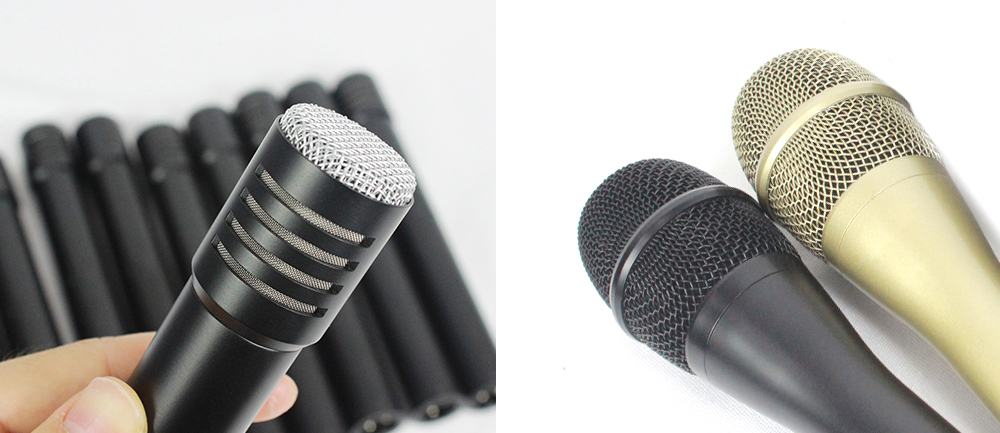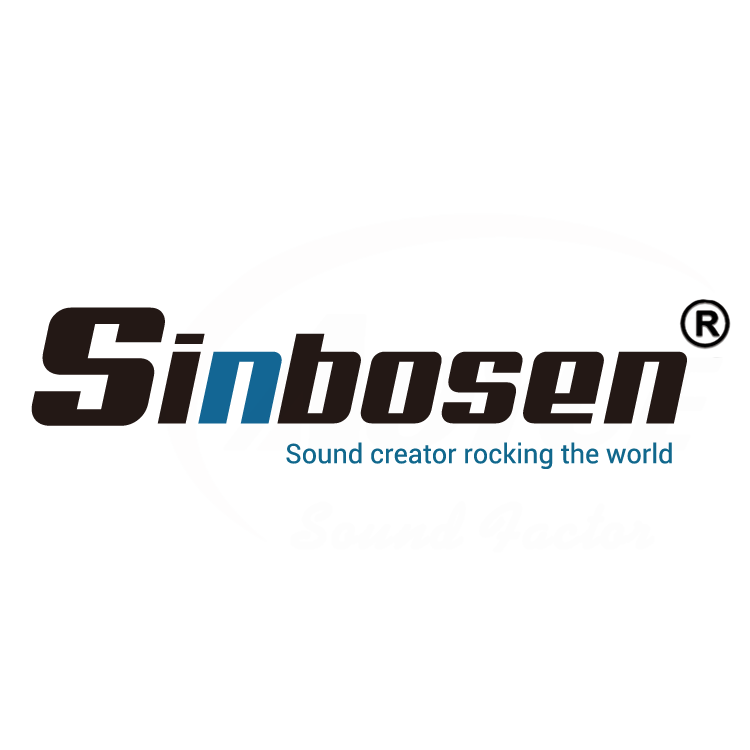What are the dimensions of a microphone diaphragm, and how do they differ?
Views : 15707
Update time : 2020-03-20 11:26:17

In addition to categorizing by sound principle, microphones can also be classified by diaphragm size, which determines the frequency pickup capability and transient speed of the same type of microphone. Usually small diaphragms are good at high frequencies and fast transients, and are suitable for recording high-end musical instruments. The large diaphragm is good at low frequencies and slow transients, and is suitable for recording medium or low frequency instruments.
Condenser microphones and dynamic microphones are classified according to the diameter of the diaphragm. Traditionally, they can be divided into two categories: large diaphragms and small diaphragms. Each diaphragm has its place in a fully equipped studio. The medium diaphragm microphone can be regarded as a combination of a large diaphragm microphone and a small diaphragm microphone.
In practice, people often call microphones with a diaphragm diameter greater than or equal to 3/4 inches as large diaphragm microphones. Generally speaking, a microphone with a larger diaphragm also emits a larger sound, which just meets the needs of engineers who like to record more distinctive sounds (such as human voices).
In addition, the large diaphragm microphone is more sensitive to audio signals than the small diaphragm and medium diaphragm microphones because its contact area with the audio signal is relatively large. And it has rich directivity.
It is generally believed that a large diaphragm microphone can capture more low-frequency signals than a small diaphragm microphone. This is not unreasonable. Because compared with some small-diaphragm microphones that are reasonably designed to provide high-definition sound effects over a wide frequency range, large-diaphragm microphones are more inclined to enhance certain characteristics in audio signals, so the sound effect has more obvious bass characteristics.
The large diaphragm condenser microphone has clear and thick sound, high sensitivity and good sound quality. It can handle most sound sources. It is a must-have microphone for recording studios. From vocals, strings, brass instruments to percussion, you can record almost everything with a large diaphragm condenser microphone.

Most professionals and manufacturers believe that any microphone with a diaphragm diameter of less than 5/8 inches is a small diaphragm microphone.
In terms of sound effects, the small-diaphragm microphone is the same as the medium-diaphragm microphone, which is better at capturing high-frequency and instantaneous signals, but its sound seems to contain more air, and its polishing function is worse than the large-diaphragm and medium-diaphragm microphones This may be because the diaphragm area is relatively small, and it is more susceptible to air fluctuations.
However, a small vibration condenser microphone shines in a particular field. Excellent transient response (small diaphragm can track sound waves more accurately), extended high-frequency response (even beyond human hearing), very consistent pickup mode, for acoustic guitars, pianos, string instruments and drums (overhead piano, snare , Hi-hat) and percussion or any instrument with sharp transients and overtones, a small diaphragm microphone is a good choice. Small diaphragm capacitors are usually slim, pencil-shaped and mostly heart-shaped.
The definition of the medium-diaphragm microphone is also one of the more controversial topics at present, because in history there are only large-diaphragm and small-diaphragm microphones, and the upper and lower limits of its diaphragm diameter have not yet been clearly defined. However, most professionals and manufacturers believe that microphones with diaphragm diameters between 5/8 inches and 3/4 inches are medium diaphragm microphones.
Generally speaking, medium-diaphragm microphones are better at capturing instantaneous signals and high-frequency signals, and their sound effects are relatively round and full, with the warm texture of large diaphragm microphones.
Related news
Related news--What is the type and effect of microphone polar pattern?
Related news--Appreciation of SM58 / BETA58A wired microphone by customers from Spain!











